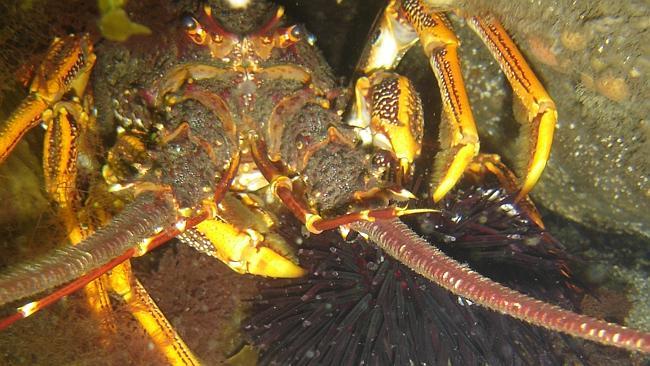Toxins force closure of rock lobster fishery
TASMANIA’S rock lobster fishery on the state’s East Coast will close from midnight tonight due to toxins found in shellfish in the area.

Food and Wine
Don't miss out on the headlines from Food and Wine. Followed categories will be added to My News.
THE discovery of toxins in shellfish on a marine farm on Tasmania’s East Coast has closed the commercial and recreational rock lobster fishery.
The Department of Primary Industry, Parks, Water and Environment said the fishery from Wineglass Bay to Marion Bay needed to be closed so lobster could be taken and tested for paralytic shellfish toxins (PST).
Elevated levels of PST were found in mussels on a marine farm in Mercury Passage in Great Oyster Bay.
The closure will come into effect at midnight and the government said all pots must be pulled by then.
“The closure of this part of the commercial fishery is to ensure that there is no risk of lobster harvested on or after tomorrow from this biotoxin zone area entering the supply chain until results are received,” the department said in a statement.
While there is limited scientific information about how quickly rock lobsters accumulate PSTs, it is believed there is a lag period between peak toxin levels in mussels (bivalve filter feeders) and lobsters, which scavenge prey items on the sea bed.
The “Maria Island Biotoxin Zone” is in state waters adjacent to the East Coast of Tasmania bounded in the north by latitude 42º 09’ 58” South (the northern end of Wineglass Bay) and bounded in the south by latitude 42º 49’ 00” South (the southern end of Marion Bay), and also including all the waters within Great Oyster Bay north of latitude at 42º 09’ 58” South.
The reopening of the fishery will be dependent on test results.
The algal toxin has been found on the state’s East Coast each year since 2012.


